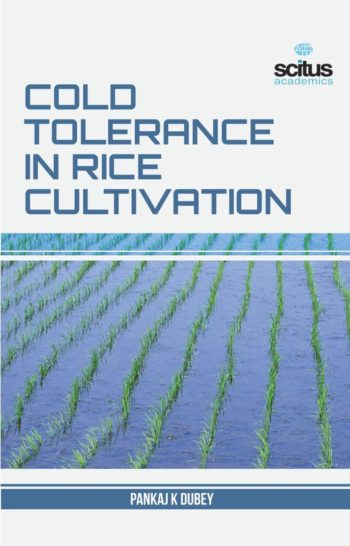In every region of the world it is necessary to find or develop appropriate techniques for agriculture. A large part of the surface of the world is arid, characterized as too dry for conventional rain fed agriculture. Yet, millions of people live in such regions, and if current trends in population increase continue, there will soon be millions more. These people must eat, and the wisest course for them is to produce their own food. Yet, the techniques are so varied that only a very large volume would cover the entire subject. This publication is only a primer, an introduction to appropriate techniques. More extensive treatments are mentioned in the bibliography. In many cases the most suitable techniques for a particular region may be those already developed by the local inhabitants. In some cases it will be difficult to improve on local techniques, but at times even simple and inexpensive innovations may be almost revolutionary. This technical note suggests that one must begin to improve local agriculture in arid zones by learning what is already there. Plants are adapted to aridity by several mechanisms. There are plants with a short life cycle that can germinate, grow, and produce during a very short period of available moisture. There are plants with deep or extensive root systems which have the ability to gather water over a wide area. There are plants which store up water in their tissues and release it very slowly. There are plants that are protected from water loss by wax or other impediments. There are plants with very small or narrow leaves, thus reducing water loss. There are plants in which the tissues themselves can withstand much desiccation without dying. Crop plants in arid regions may have any or a combination of such mechanisms.













